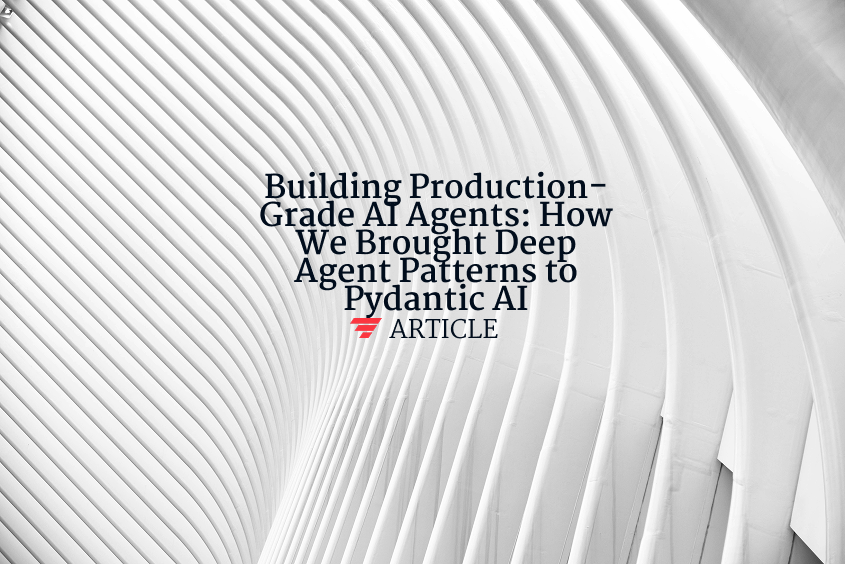LangChain architecture
LangChain architecture is the modular design pattern that organizes large language model (LLM) applications into swappable layers: loaders bring raw data into Document objects, chunking and embeddings transform text into vectors, vector stores enable similarity search, LLM wrappers provide a unified API to models like GPT-4 or Claude, chains sequence prompts and tools, agents add decision logic, and memory stores chat history. Each layer implements a clear interface, so you can replace Chroma with Qdrant or OpenAI with Hugging Face in minutes. Callbacks run through the stack for tracing, cost tracking, and retries, while environment variables isolate secrets. In production, the architecture is typically deployed as microservices fronted by FastAPI or serverless functions; background workers handle ingestion, and a caching layer reduces token spend. This separation of concerns speeds development, simplifies testing, and lets teams scale parts independently—turning LangChain architecture into a blueprint for reliable, data-aware AI systems.
Want to learn how these AI concepts work in practice?
Understanding AI is one thing. Explore how we apply these AI principles to build scalable, agentic workflows that deliver real ROI and value for organizations.



